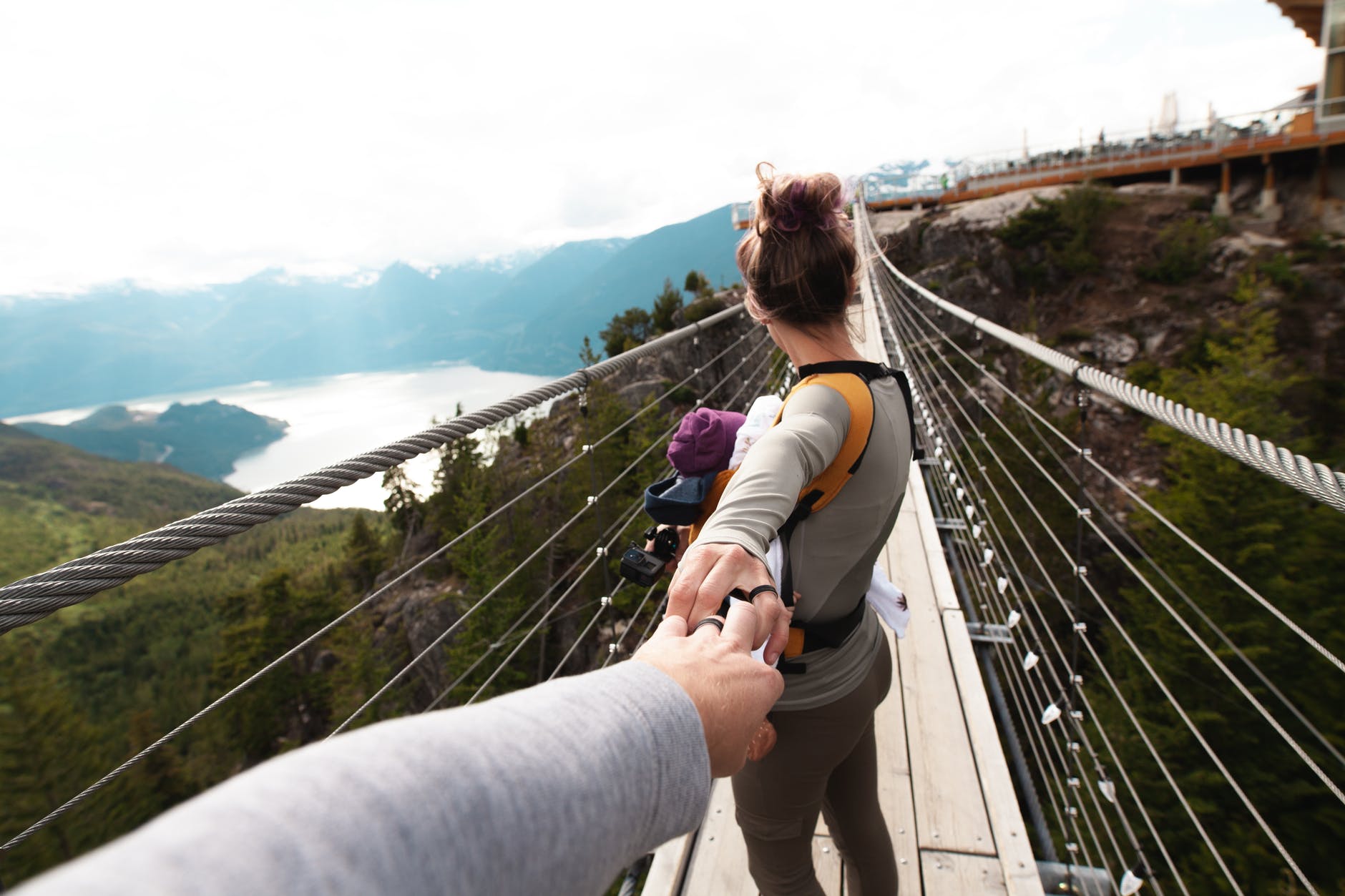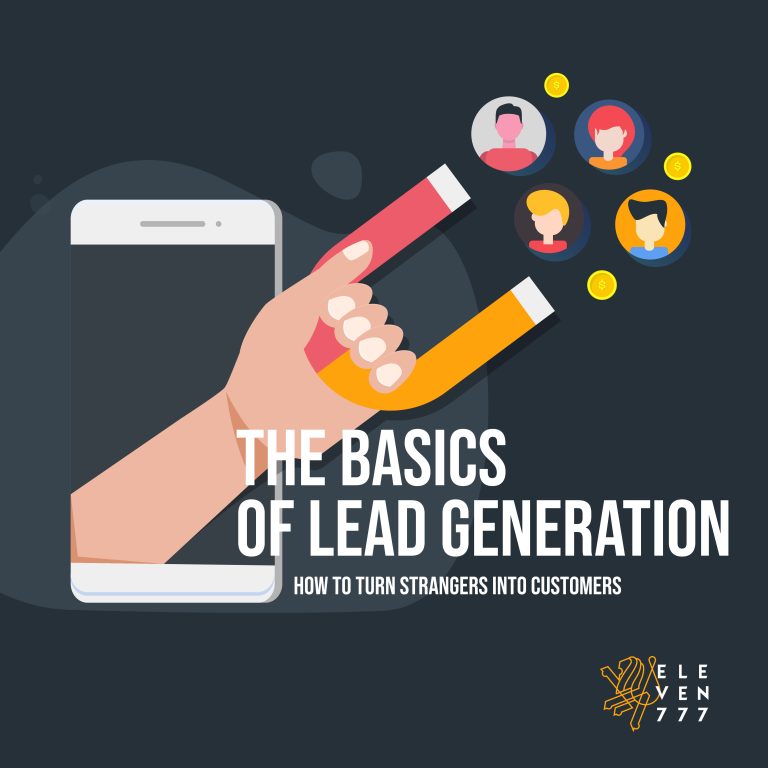Lead generation can be complicated! That’s why we’ve created this guide to explain lead generation – covering the basic terms, mechanics, best practices, and real-life examples for key industries in the UAE! Go on, follow our lead…

What is a lead?
A lead is any person who expresses some form of interest in a company’s product or service.
What is lead generation?
Lead generation is the process where you attract strangers or prospects who have expressed some interest in your company’s product or service and capture some of their data.
If you would like to learn about our proven techniques and tactics to generate leads for leading brands in key industries in the UAE, then click on the CTA below
{{cta(‘270d1da3-78ab-4934-a969-e9038ed1b719′,’justifycenter’)}}
What is a lead lifecycle?
The lead lifecycle is that which consumers follow when they transition from visitor to customer.
There are different types of leads, based on their readiness to become customers.
MQLs: Are Marketing Qualified Leads who’ve engaged with your brand’s marketing content but aren’t ready to make a purchase. For example, they may download a ‘things-to-do-in-Dubai’ guide but they aren’t necessarily ready to book a hotel room with you.
SQLs: Are Sales Qualified Leads, who’ve expressed a clear interest in becoming a paying customer. For example, they may inquire about room rates or ask about hotel facilities.
As we’ve explained in the basics of inbound marketing, ‘What is Inbound Marketing’, the different leads describe the different stages the individuals are in the lead lifecycle, also known as the marketing funnel.

There are 4 stages in the marketing funnel and they describe the four stages that the typical customer goes through when making a purchase:
Awareness. Customers are ‘attracted’ to your site by some marketing material.
Consideration. Customers decide to take something from your brand (for example, an offer), in exchange for giving something in exchange (usually their contact data). They are now considering your brand over your competitors’. At this stage, you work on ‘converting’ them from visitors to leads.
Decision. Leads take the decision to purchase your product and become a customer. This is where you ‘Close’ the deal. In the movement from lead to customer, you work on ‘nurturing’ your leads or warming them up from MQLs to SQLs to, eventually, customers.
Advocacy. Customers who develop an affinity for your brand are those most likely to promote it to their friends and family. By ‘delighting’ customers, they become brand advocates.
Getting back to lead generation – the initial stage of the lead lifecycle:
As Hubspot succinctly frames it, the lead generation process can be summarized as follows:
“A Visitor clicks a CTA that takes them to a landing page where they fill out a form to get an offer, at which point they become a lead”.
The Mechanics of Lead Generation

Let’s first cover the mechanics of lead generation. The best lead generation campaigns contain most, if not all, of these components. From a tactical perspective, a marketer needs four crucial elements to make lead generation happen. These include:
1. Offer. An offer is a piece of content that is perceived high in value. Offers include ebooks, whitepapers, free consultations, coupons and product demonstrations.
2. A Call-to-Action (CTA) is either text, an image or a button that links directly to a landing page so people can find and download your offer.
3. A Landing page, unlike normal website pages, is a specialized page that contains information about one particular offer, and a form to download that offer.
4. Forms. You can’t capture leads without forms. Forms will collect contact information from a visitor in exchange for an offer.
Lead Generation Best Practices

When an offer is exclusive, scarce, or in high demand, it becomes more desirable.
Why do these elements work? Because they trigger a physiological reaction that makes an offer more valuable. People need to perceive the value of your offer to be greater than what you’re asking for in return. The higher the perception of value, the more irresistible the offer.
The main elements here to keep in mind when creating your next offer are:
1. Scarcity. The perceived scarcity of the offer makes it more attractive. What can you offer that most others aren’t offering?
2. The ‘bandwagon effect’. Have many people taken up your offer? If they have, then talk about it. People are more likely to sign up for your offer when they know that others have as well.
3. What’s trending? Think about leveraging a trending topic or offer, while putting your brand’s spin on it.
4. Amazing titles work. Here are two excellent, free tools to use to turn heads and grab attention: the ‘Headline Analyzer Tool’ by Advanced Marketing Institute or read 7 Proven Headlines that Convert.
Also keep in mind that:
CTAs – Calls-to-action do best “above the fold” – the space where your web page is viewable to the user without having to scroll down. According to heat map analysis, anything “below the fold” will only be viewed by 50% of people who visit your page.
Where to do lead generation
Leads can be generated via omnichannel marketing – therefore, one can generate leads via social media, social media ads – LinkedIn Lead Ads and Facebook Lead Ads, SEO, PPC, through blog posts, affiliate marketing and email marketing.
Noteworthy lead generation examples to inspire your lead-gen efforts:
Lead by Example (Take note!)

Lead Generation for Hospitality:
Your property’s responses to hotel reviews that are professional, courteous, and which demonstrate a genuine willingness to hear out a customer or solve their problem, all build trust in your brand. With guest reviews being the number one factor in influencing booking decisions, investing in guest reviews is a great place to drive more web traffic. Next, capture your leads with i) an equally attentive and courteous chatbot or ii) a pop-up box with a ‘guarantee of promise of satisfaction for hotel guests’ for all traffic generated from the review site.
Lead Generation for FMCG:
Awesome ‘how-to’ or help videos to solve an issue for prospects. It can be how to remove the stubbornest stains on clothes for a dishwashing liquid brand (yes, these can clean more than just dishes!), and how to create wholesome family dinners on a budget for an organic food store.
Lead Generation for Automotive:
If you’re in the heavy trucks industry and want new leads using an offline marketing event, organize a series of ‘safety’ or ‘efficiency’ trainings for fleet managers from target industries. Co-host the event with key players in the target country – and you’re bound to generate some very strong leads, particularly because of the one-on-one interaction with your prospects.
Stay tuned to this space for more of the Lead Generation + Lead Nurturing Blog Series. In the next article in this series we dive deeper and discuss lead segmentation, qualification and nurturing. We will show you proven techniques to convert your leads into customers, many of which we have deployed for a number of our lead-gen campaigns for our clients in the UAE.
If you are from the hospitality, FMCG, automotive, finance or other industry in the UAE or GCC and have a lead gen campaign in the pipeline, reach out so we can provide you fresh, proven tactics and techniques.
